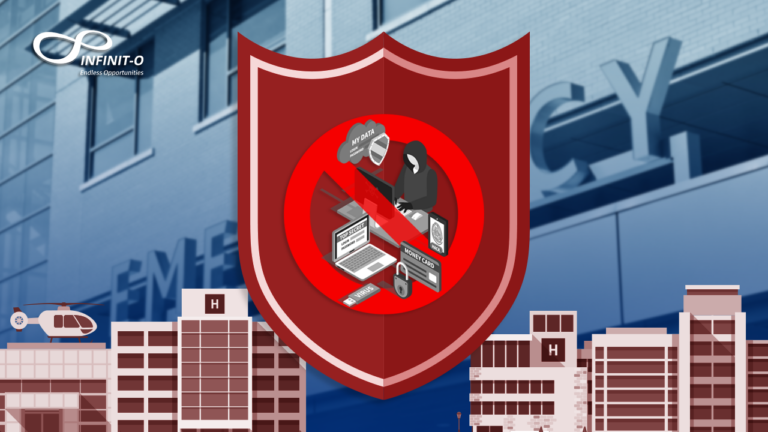Why Kaiser Permanente’s Health Care Model Works

Kaiser Permanente (KP) is the largest non-profit and non-governmental integrated health care delivery system in the United States. European countries are closely looking into it as a model for their own healthcare systems. This structure, known as Kaiser Permanente’s Health Care Model, provides its 8.7 million members and patients with high-quality, cost-effective care.
It is remarkable that Kaiser Permanente can achieve such seamless integration and strong results even if it is not one organization but several cooperating entities. It operates in nine states and the District of Columbia and comprises of 8.7 million members, 14,000 doctors, and 160,000 employees. About three-quarters of these members and employees reside in California, where the company began in 1945 and has its headquarters. The program owns and runs 421 medical office buildings (for ambulatory care only) and 32 medical centers (hospitals with ambulatory care).
Bernard J. Tyson, Kaiser Permanente’s CEO, shares that this is feasible because all their employees, from its physicians to its administrative employees, share a common vision: to deliver coordinated, comprehensive, cost-effective health care that keeps patients as healthy as possible.
Why Kaiser Permanente’s Health Care Model Works
Kaiser Permanente coordinates primary, secondary, and hospital care; places a strong emphasis on prevention; and extensively uses care pathways with the help of technology using a strong IT system and electronic medical records.
Care Pathways: An End-to-End Experience
From primary, secondary, chronic disease management, ambulatory care to medicine dispensing, rehabilitation and therapy and support groups – patient care is integrated. A patient comes in at Kaiser Permanente and can get a consultation, surgery, therapy, and medicines all in one place. Care pathways have protocols involving all aspects of patient care, having multidisciplinary teams in each area. Roles and accountabilities are clearly defined in care pathways’ protocols.
For example, physicians play a part in patient care but nurses, pharmacists, and other team members are closely involved. From check-in to discharge and even follow-up treatments or consultations, the care pathway is always consulted, different and personalized for each patient.
Integrated care requires everyone involved in the patient’s care to work as a team. Each team member must focus not only on the particular treatment he or she is providing but also on the entire care pathway.
KP HealthConnect: Bringing the Power of Technology into Patient Care Management
A strong IT system is critical to making sure care pathways are followed and consulted. Patients can seek medical care across all Kaiser Permanente hospitals and accredited centers and their records and care pathways (history, treatment, maintenance, etc.) can be accessed and referred to. This is the power of KP HealthConnect. It facilitates the care pathways – bearing documentation templates, alerts, reminders, and other clinical-decision support capabilities.
KP HealthConnect has also given the health care system in Kaiser Permanente with so much information (known as big data). Whereas it was originally built to be an access point for patients’ electronic records, physicians saw the value these data can bring to research and development. They developed registries for diseases, allowing them to do research, spot trends, do preventive measures and improve care pathways.
Focus on Patient Involvement & Engagement
Kaiser Permanente intensely focuses on prevention, health education, and care management. Using these programs, they have systematically reduced the death rate from cardiovascular disease and colon cancer significantly below the California average.
They recognize that even the best care pathways will be unsuccessful unless patients take active responsibility for their own health. This is one of the reasons KP works so hard to ensure that care delivery is seamless. They encourage patient involvement by giving them electronic access to their health information and letting them consult their physicians via e-mail. They are continuously improving to help build relationships with patients, leading to trust. KP wants to make sure their patients trust and believe in them – which they can help them stay healthy and live longer.
Integrated Care: Key to Kaiser Permanente’s Health Care Model
A combination of a strong, functioning IT system with a secure data environment, strong end-to-end care pathways and a focus on patient involvement create integrated care.
No matter how cliché the statement, “Health is wealth” can be, it is definitely something that each individual should take into account. Need not worry though, because we can provide your medical institution all the assistance you’ll need through our exceptional patient services such as billing, coding, and even back-office responsibilities. Learn more!







Hi, i think that i saw you visited my web site so i came to return the prefer?.I’m trying to to find things to enhance my site!I
guess its ok to make use of some of your concepts!!
I know this if off topic but I’m looking into starting
my own weblog and was wondering what all is required to
get setup? I’m assuming having a blog like yours would cost a pretty penny?
I’m not very internet savvy so I’m not 100% sure. Any suggestions
or advice would be greatly appreciated. Thanks https://vanzari-parbrize.ro/parbrize/parbrize-ford.html